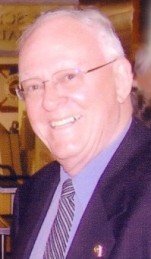This article was provided by the Ontario Mining Association (OMA), an organization that was established in 1920 to represent the mining industry of the province.
Ontario Mining Association member De Beers Canada’s Victor diamond mine is a sparkling example of promoting Aboriginal employment. The Victor diamond mine, which is located about 90 kilometres west of Attawapiskat in the James Bay lowlands, currently has 226 employees from First Nations, or 43% of its workforce.
More than 90 employees from this group are from Attawapiskat with large representation from Fort Albany, Moosonee and Moose Factory and Kashechewan and 40 are from First Nations outside the James Bay area. In Canada, mining is the largest private sector employer of Aboriginals. This group comprises 7.5% of the mining workforce, which is up from 3.6% of the country’s total mineral sector workforce in 2006.
The Victor Mine operates with three different impact-benefit agreements – one each with Attawapiskat, Fort Albany/Kashechewan and Moose Factory/Moosonee. “Negotiating the impact-benefit agreement is the relatively easy bit, implementing it is the tough part and making sure everyone understands their role is more difficult,” said Jonathan Fowler, De Beers Canada Vice President Aboriginal Affairs and Sustainability.
“One of our strengths is in striving to build a culture of diversity,” he added. “We don’t believe in a having a specific percentage of First Nation employment. We want to provide opportunities for people to grow and develop and the real target is to maximize First Nation employment.”























